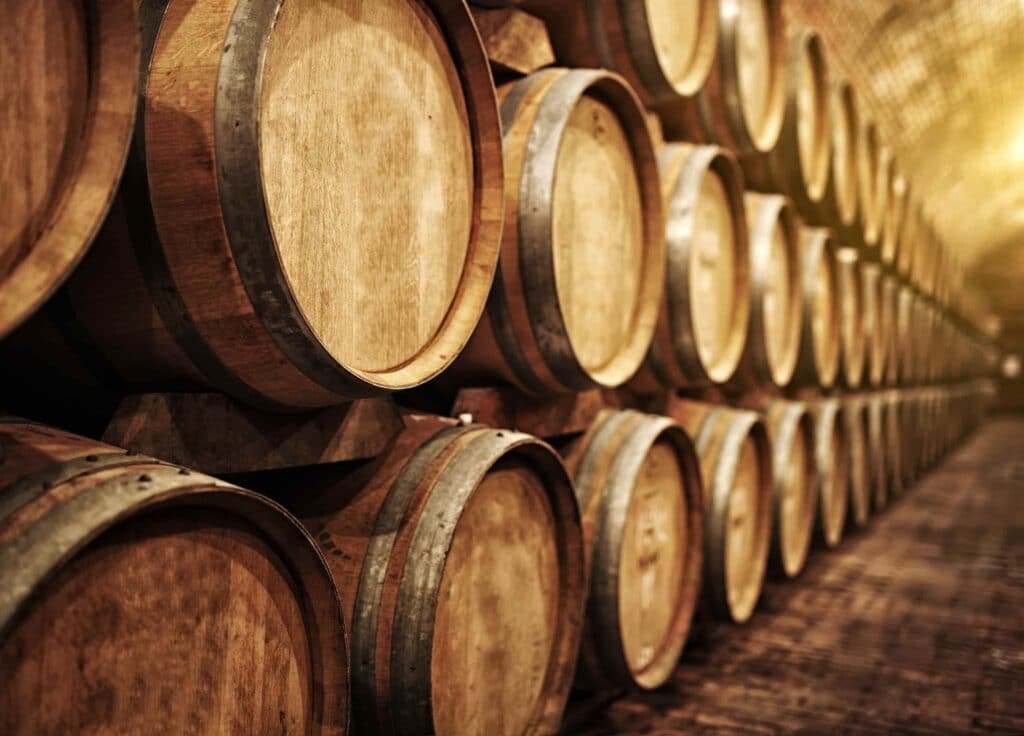Ever wondered why winemakers use oak barrels for winemaking? This practice stretches way back in history and is still a tradition used today by many vintners. If you’re a wine drinker who enjoys woody notes to your wine, you may be fascinated to know a bit more about that oakiness you so adore.
There is a reason the oak tree is referred to as mighty; that’s because it is solid, strong and happens to be rather excellent at making watertight barrels. The Romans chose oak wood for these very reasons and realised that it was perfect for making and storing wine and building ships to conquer the world.
Clearly, the decision to use oak was an excellent one and has endured because oaky wine is just as popular as ever. Oak aged fine wine is some of the best in the world. The smoky, spicy, vanilla notes of the wine aged in these traditional vessels make for lovely drinking.
Do Steel Barrels Have the Same Effect?
Steel barrels simply prevent oxygen from coming into contact with the wine. This helps the wine retain its freshness while the fermentation process takes place. These steel wine barrels are used for wines that would not benefit from being stored in oak barrels. Stainless steel is the ideal choice for more delicate wines that do not have tannins.
Oak Barrels Give Wine a Distinct Aroma and Flavour.
A specialist makes oak wine barrels called a Master Cooper. Heat is applied to straight staves of wood and then shaped into a round barrel, sealed with metal hoops, and the barrel is toasted. Today these specialist practices are made somewhat easier by modern-day engineering; however, skilled craftsmanship has to be taught and is today a rarity. Barrels of such calibre are very highly prised and priced.
How Does Wine Get The Oakiness?
Winemakers tend to use American White Oak or European Oak barrels, which are not used exclusively in their home continents. Toasting the barrels once they are shaped and bound is what gives oaky wine its distinct smoky flavour. The longer the wine matures inside the barrels, the stronger the oakiness will be, and the same goes for smaller ones. If your wine has strong notes of vanilla and caramel, the barrel was lightly toasted.
If you would like to experience an excellent example of oaky wines, look no further than the quintessential Spanish wine of Rioja. Their Gran Reserva and Crianza are known for their oakiness. White Rioja wine is also oak barrel fermented and provides notes of roasted pineapple, caramelised honey, preserved lime, and hazelnut.
You don’t have to be a wine sommelier to know all about wines. Thankfully, winemakers now provide plenty of information on the label about the region, grape variety, style, age and alcohol content. Oaky wines tend to come with descriptions such as toffee, toasty, spicy, smokey, or just simply barrel aged. Ageing wine in barrels does not necessarily make it superior (although some will beg to differ), but it does make it distinctive, which many wine lovers sincerely appreciate.

